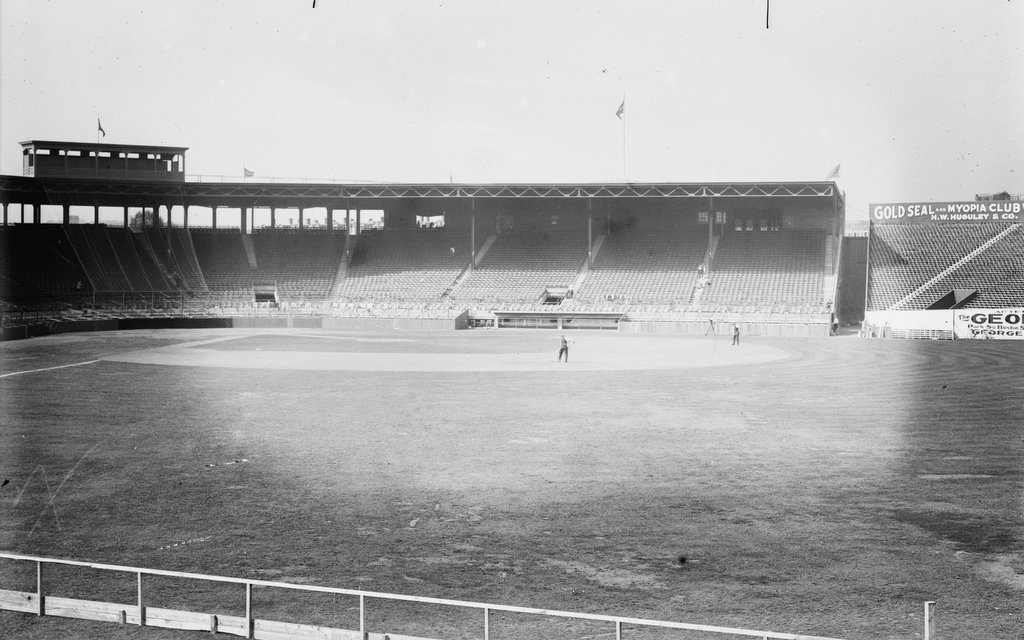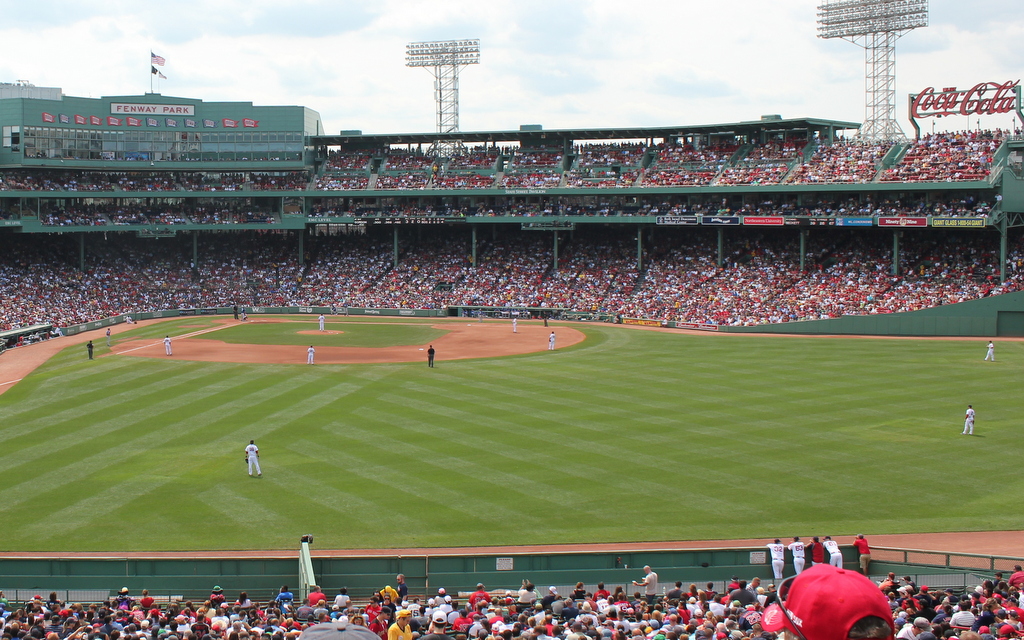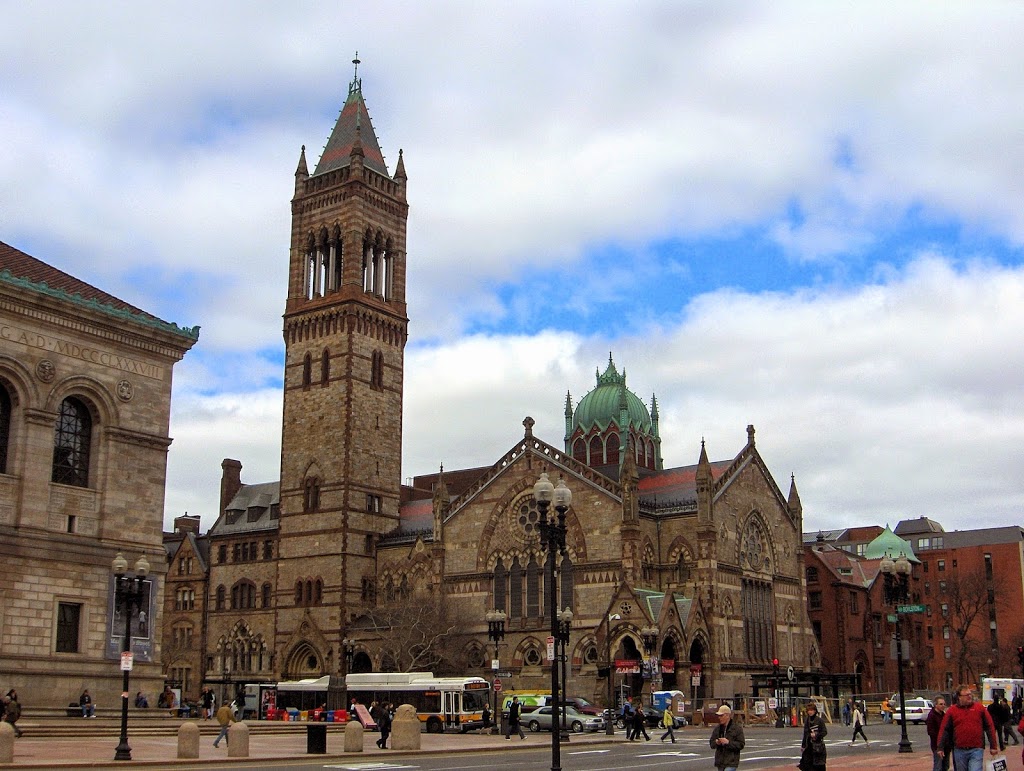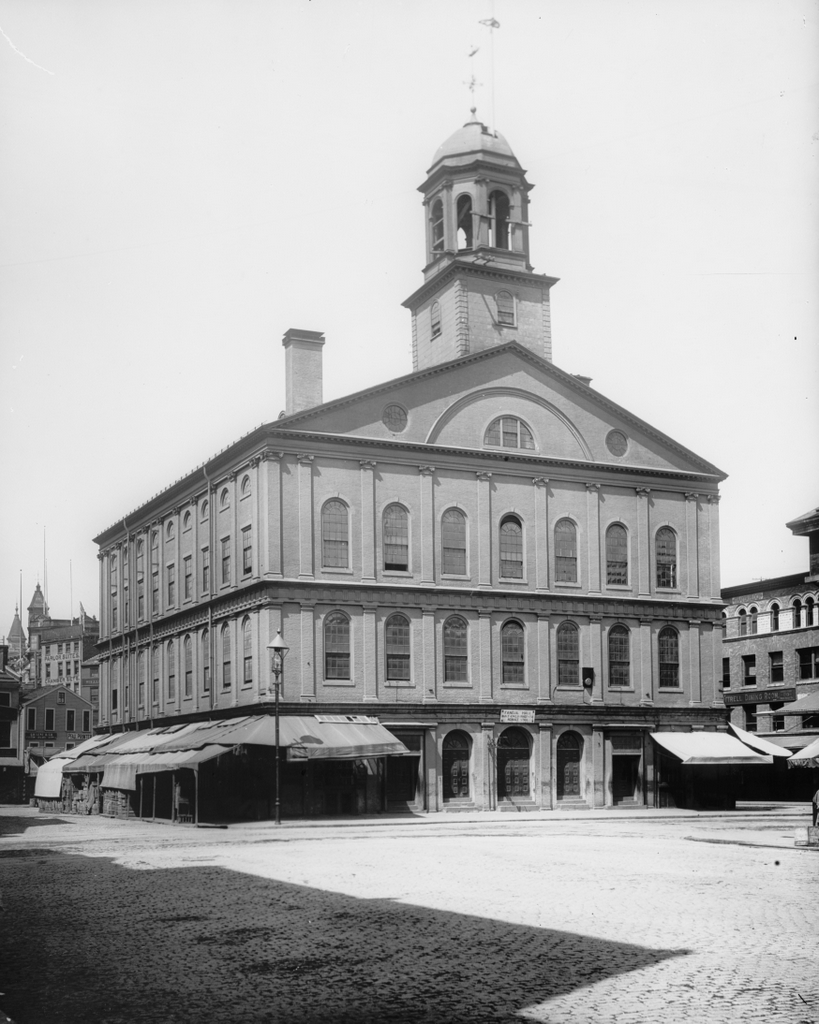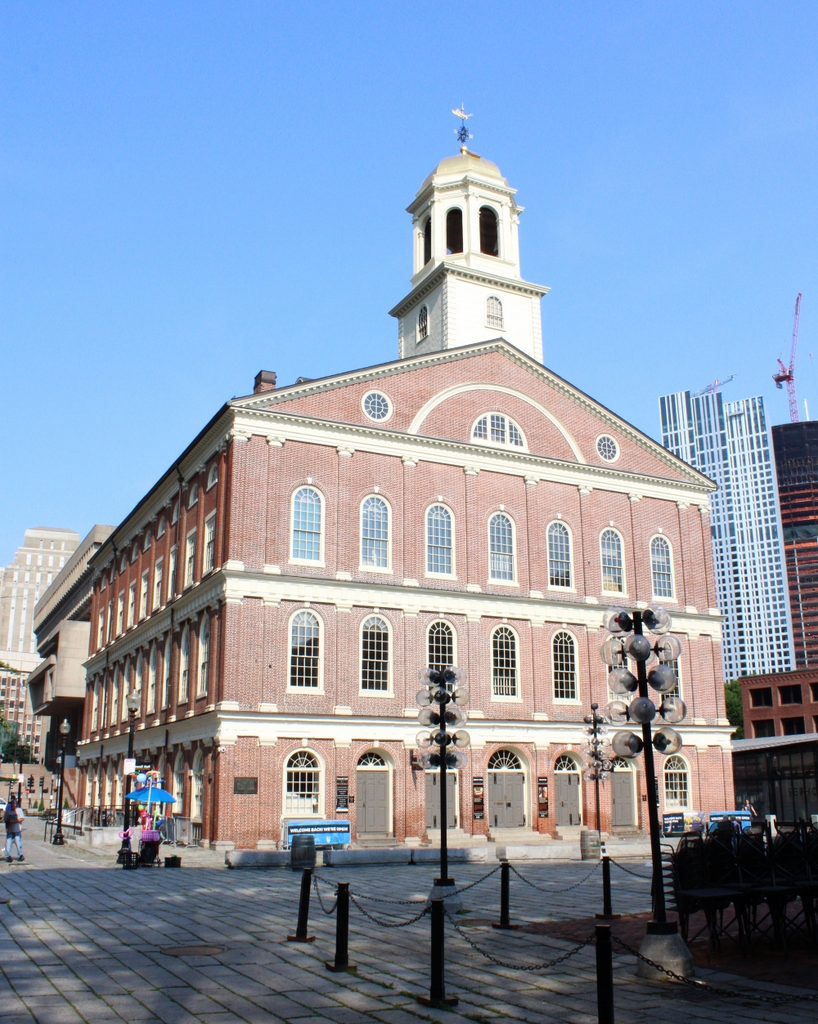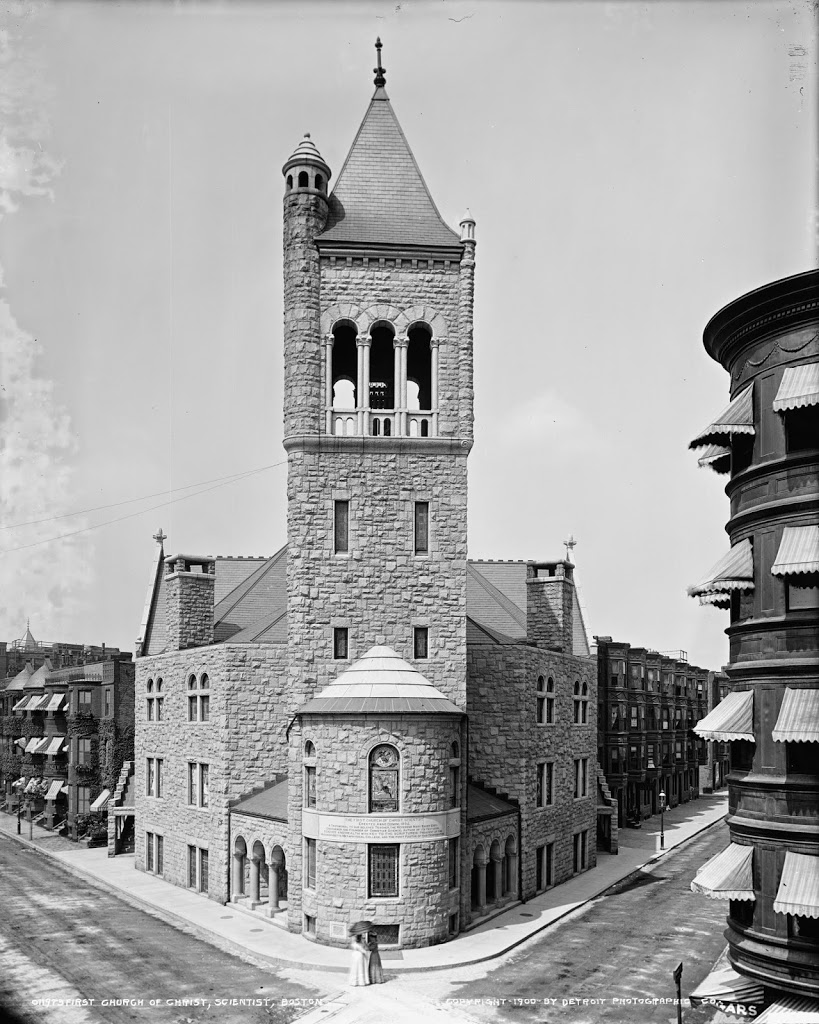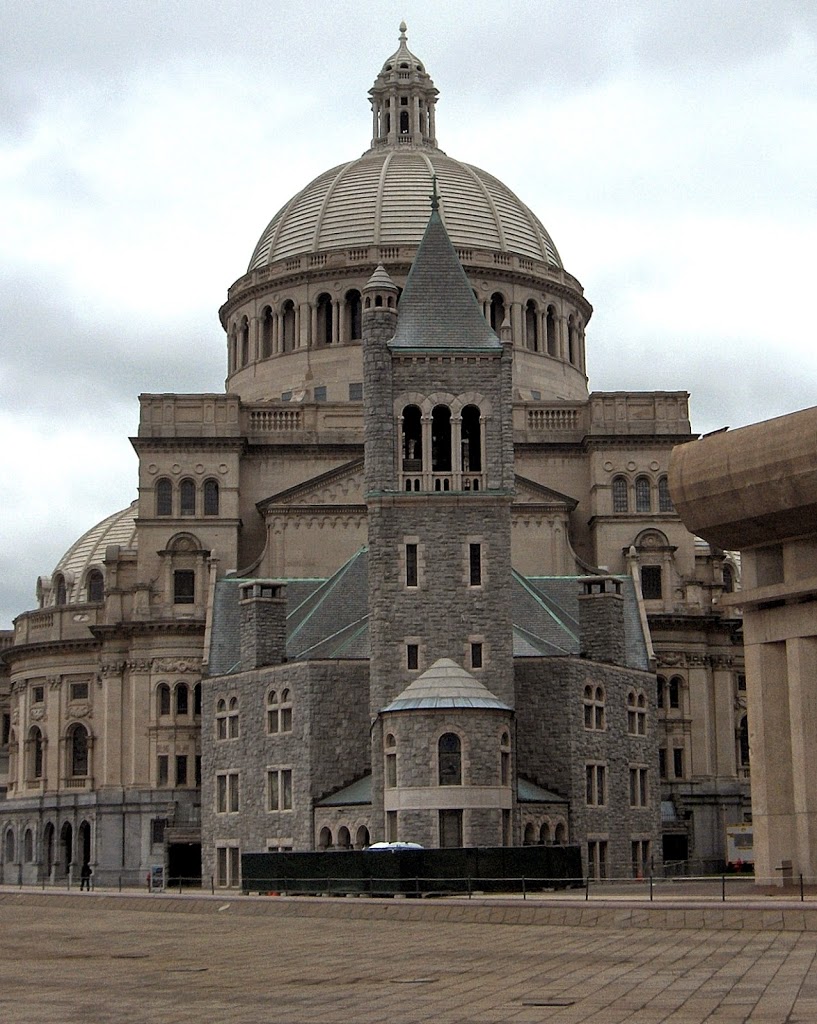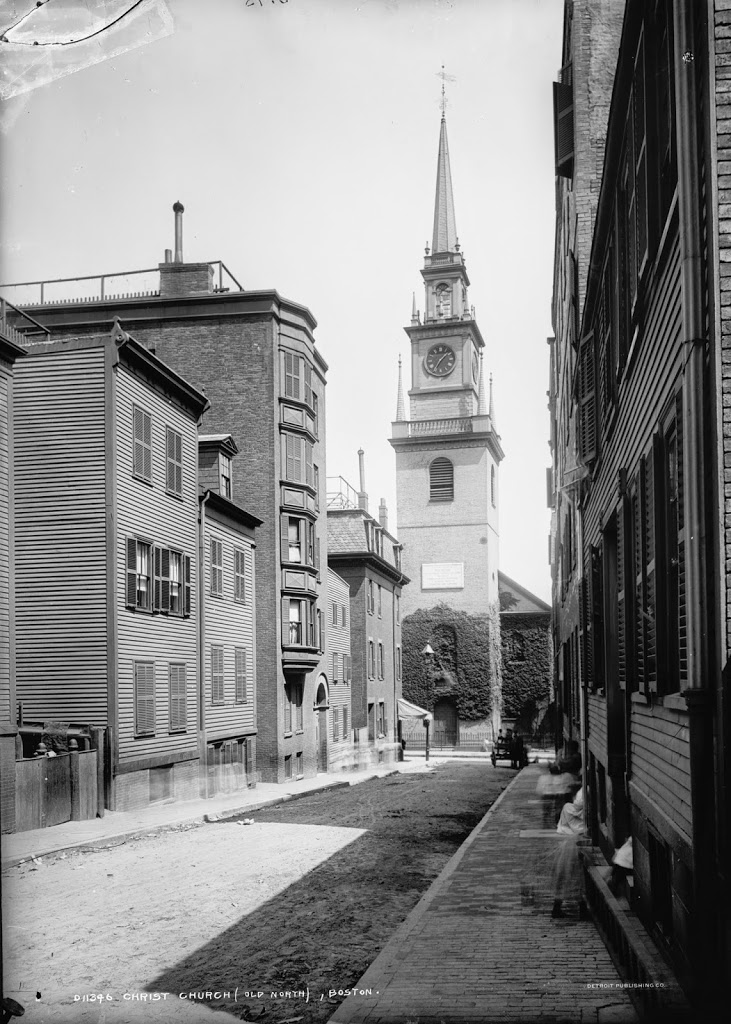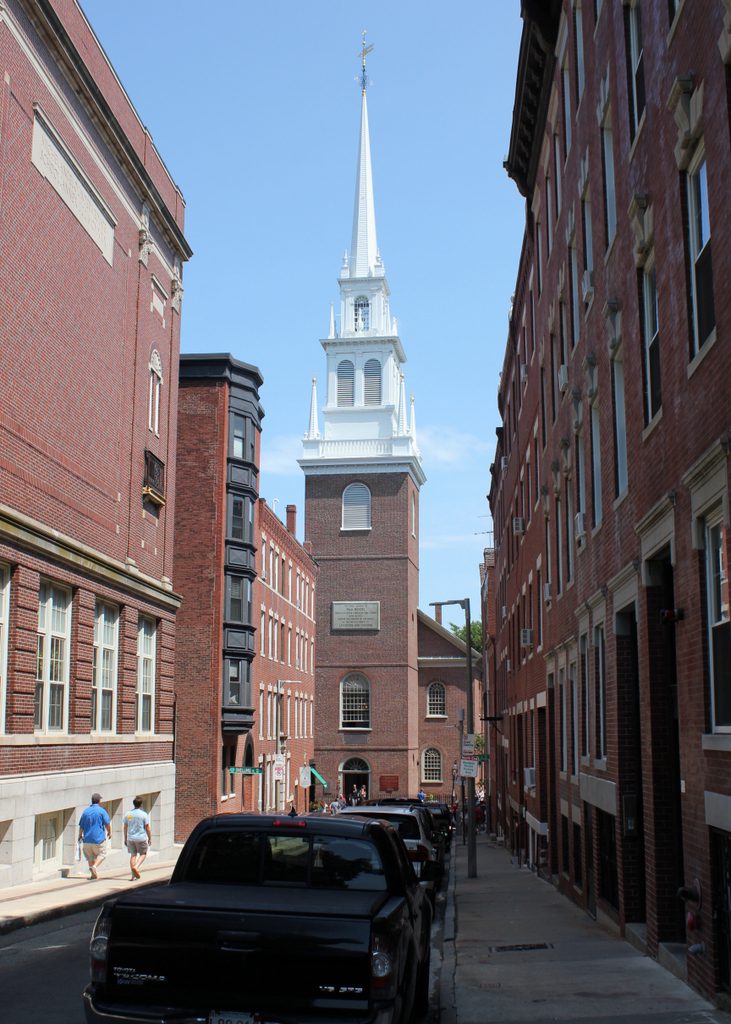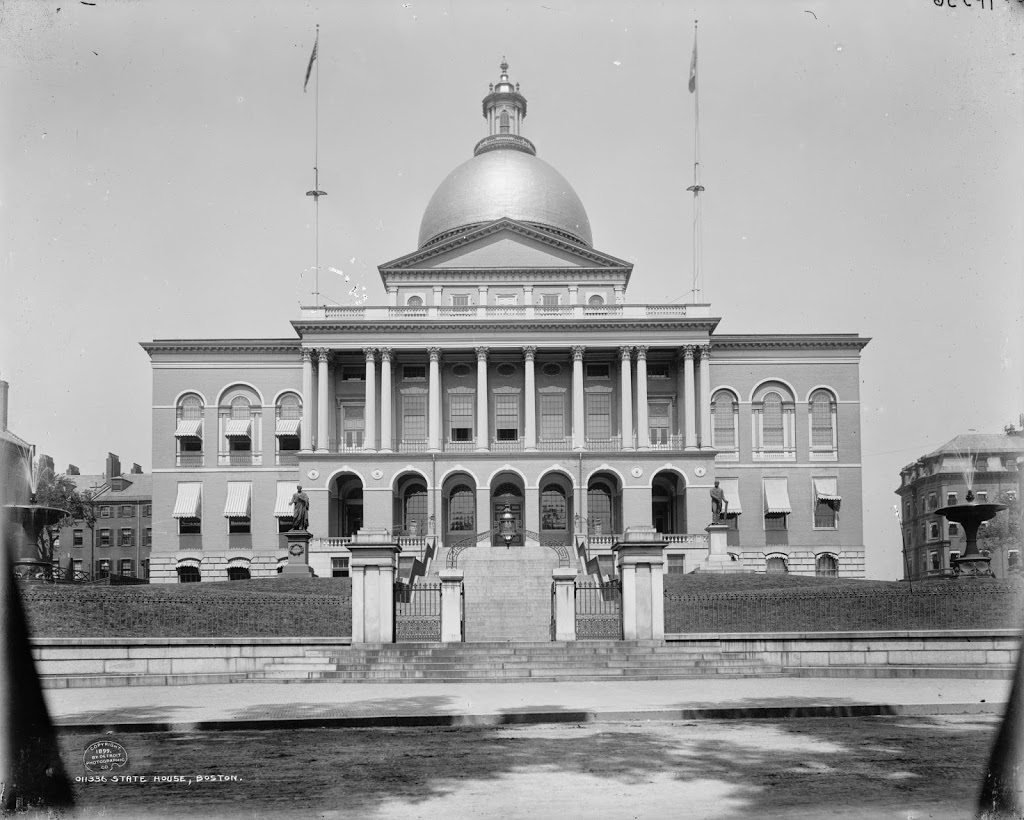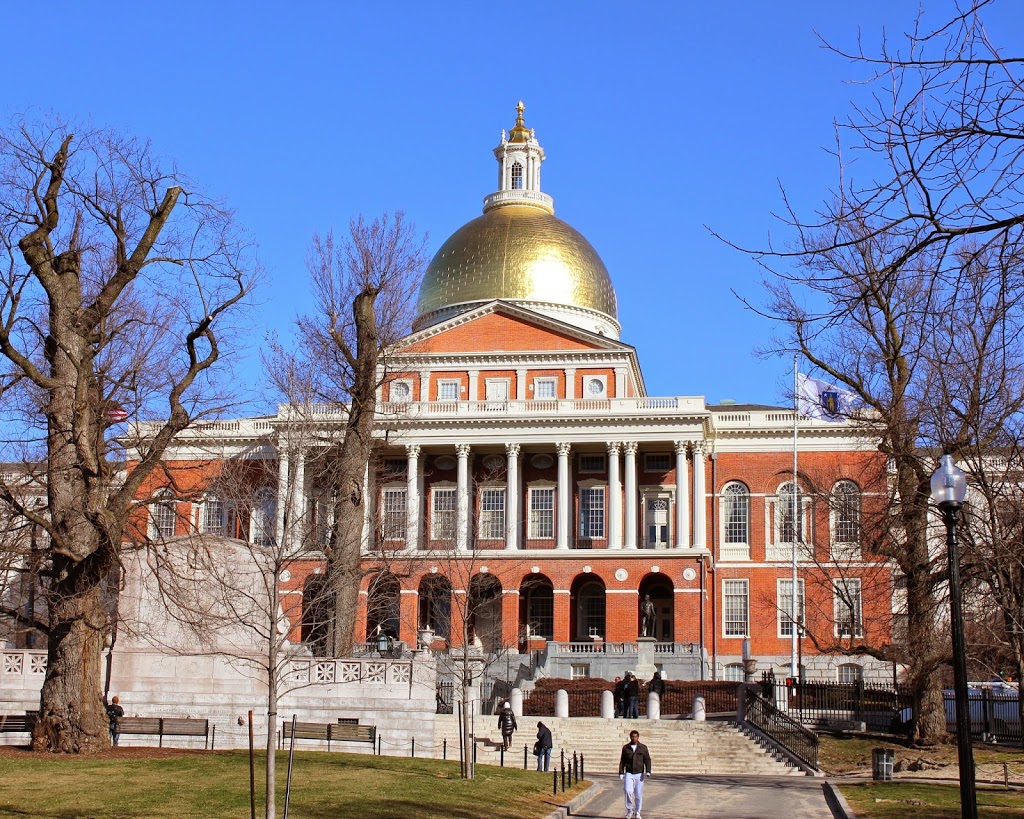The view of Fenway Park from the right field bleachers, about a week before the beginning of the 1912 World Series. Image courtesy of the Library of Congress, Bain Collection.
The scene in July 2011:
The scene in June 2024:
Fenway Park is the oldest MLB park, being several years older than the Cubs’ Wrigley Field, but along the way it has been extensively transformed. Very little of the park remains from its 1912 appearance; the bleachers on the far right side of the 1912 photo burned in 1926, and in the perfect metaphor for the team itself during this time period, the bleachers lay in the ashes of its former glory until Tom Yawkey purchased the club in 1933. One of his first moves was to rehabilitate the park, which included constructing the present concrete and steel grandstand in the infield area. Thus, photos from the 1930’s and later show a ballpark that very closely resembles the Fenway Park that we know today. Curiously, although the 1912 photo shows a park with just a single deck in the grandstand area, the foundations were built to accommodate a second deck in the event that the team eventually decided to expand the seating. This is perhaps what ensured the park’s existence into the 21st century; although small and old, it has been able to adapt in ways that most other early 20th century parks were unable to.

